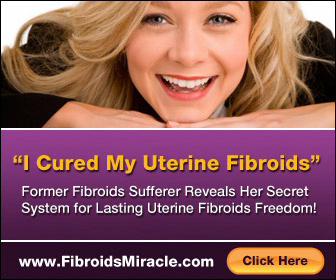The removal of Uterine Fibroids is an option available for many child-bearing women throughout the stages of their pregnancy. The most direct route is through surgical procedure that removes the growths from the uterus.
However, this does pose a question: Is surgery open for pregnancies where the chances of a Cesarean Section are quite high? The answer, fortunately, is a yes. If you find yourself needing to undergo surgery to have your fibroids removed, there are some things to consider regarding the different procedures being presented to you.
Fibroid Removals and Cesarean Section
The issue whether a myomectomy should be done alongside a Cesarean section has been heavily debated among obstetricians. The major point of contention for those against the notion is that the increased levels of vascularity of the uterus during pregnancy could lead to massive blood loss for the person.
In fact, the chances of perio-operative mortality was quite high in cesarean section cases for a long time. As such, the notion of performing a secondary operation on top of the cesarean section has long been approached by many medical professionals with a mixture of concern and dread.
However, there have been improvements in medical technology in recent years that have made both procedures safer. New techniques that revolve around selective devascularization and even more effective forms of anesthesia have made the removal of uterine fibroids during a cesarean section more feasible.
In recent years, medical professionals would even recommend for women to have the procedure done during a cesarean section. This is to prevent unwanted complications from having to open the same area twice just to remove unwanted growths inside the uterus.
In recent years, however, there have been cases where a prior myomectomy would increase the chance of a baby being delivered via cesarean section. If such were to happen, there are certain measures that the doctor will take to reduce complications from letting the person undergo subsequent invasive procedures that target the same general area.
Hysterectomy: Is it Advised for Removing Fibroids?
A hysterectomy involves the surgical removal of the uterus and, in some instances, the ovaries. It can be done in many different ways.
There are a number of complications to expect if one were to choose this option, though. After the procedure, most women would experience minor problems such as urinary tract infections. Also, there is mild pain and minor bleeding in the vaginal area immediately after the operation.
However, the biggest and most permanent effect of this procedure is the inability to conceive a child due to the removal of the uterus and ovaries. Other serious complications to expect include bleeding in organs adjacent to the removed uterus and ovaries as well as infections in the general area.
Due to the permanence of the surgery as well as the myriad of complications it entails, hysterectomy is usually recommended if only to remove uterine fibroids. In other words, it only becomes necessary when all other procedures are inappropriate or ineffective.


